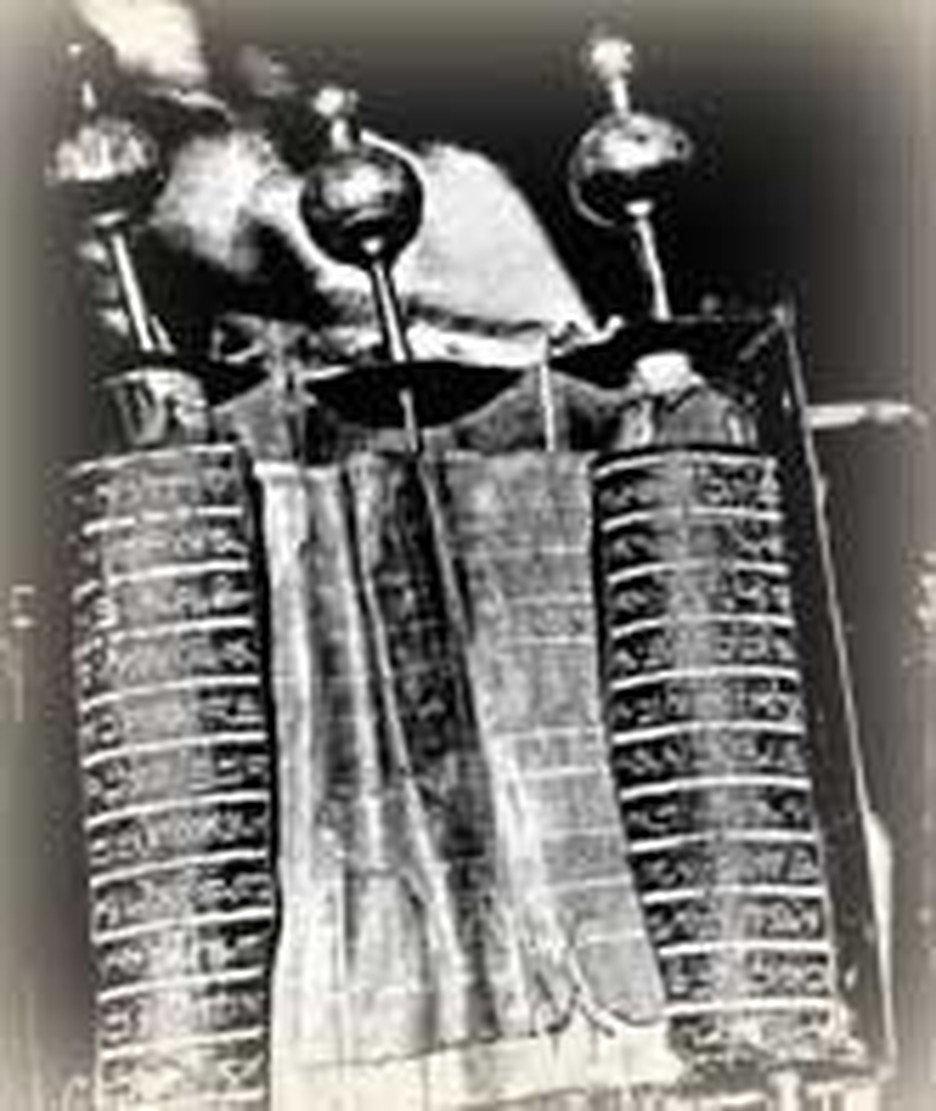
Pick up a King James version of the Bible and leaf through its pages. On every page you will find old forms of words, like "spake" and "wouldst." You'll discover words we rarely use in ordinary talk, such as "firmament" and "amerce." The King James, or Authorized Version, of the Bible is written in lovely English. However, languages change. After more than three hundred years, many people find its older English hard to understand.
By 1960 several new translations had been offered to the public. None of them was completely satisfactory as a replacement for the venerable King James. Some exhibited obvious biases. Others lacked beauty of expression. Within the Christian community the need for a trustworthy and readable translation in modern English was seen. In 1965 a group of scholars met at Palos Heights, Illinois and agreed on the need. This followed years of study by the Christian Reformed Church and the National Association of Evangelicals. When the New York Bible Society offered funding, work began.
Over one hundred scholars from the United States, Great Britain, Canada, Australia and New Zealand were enlisted on the project. Each book of the Bible was assigned to a team of scholars. Working from the best ancient texts, they translated their respective sections. Each translation went through three editorial revisions, that checked it for accuracy and readability. Each book was read by stylists of the English language and tested on average readers. The result was a highly readable and accurate translation. "...the translators were united in their commitment to the authority and infallibility of the Bible as God's word in written form," notes the preface to the NIV. "They believe that it contains the divine answer to the deepest needs of humanity, that it sheds unique light on our path in a dark world, and that it sets forth the way to our eternal well-being.
"The first concern of the translators has been the accuracy of the translation and its fidelity to the thought of the biblical writers..."
On this day, October 27, 1978 the complete New International Version (NIV) of the Bible was published by Zondervan of Grand Rapids Michigan. It became one of the most popular and widely used translations in the English language.
Bibliography:
- Committee on Bible Translation. Preface, the New International Version. Grand Rapids, Michigan: Zondervan, 1978.
- Kenyon, Frederic G. Our Bible and the Ancient Manuscripts; being a history of the text and its translations, by Frederic G. Kenyon. London, New York: Eyre and Spottiswoode, 1895.
- World Magazine. Various issues, 2003.
- Internet articles.
Last updated April, 2007.


